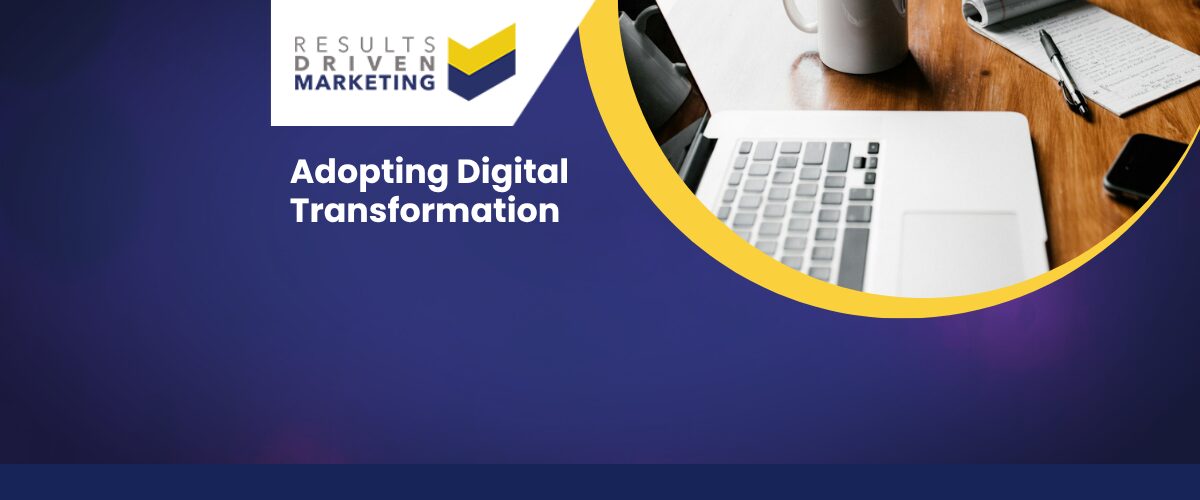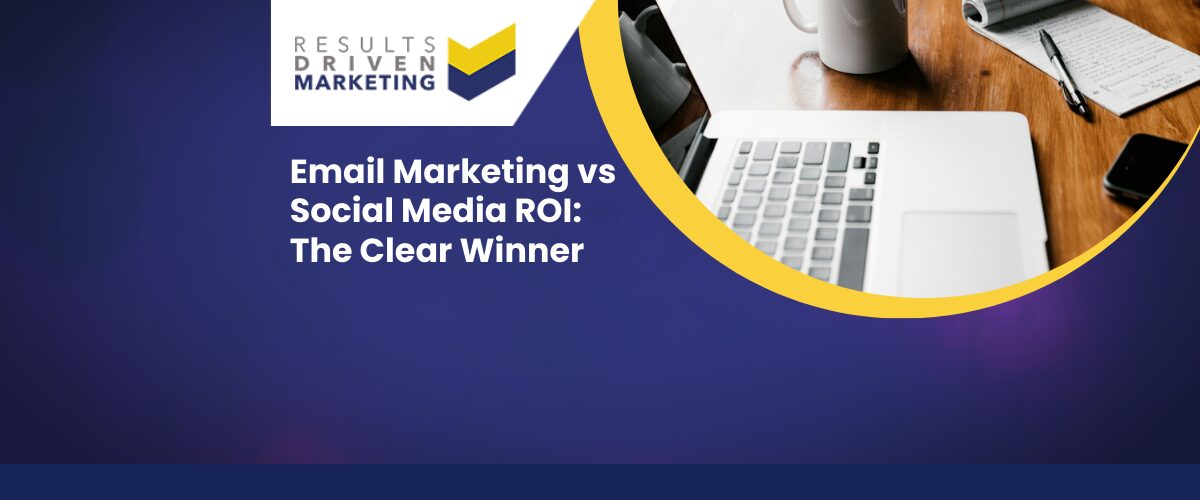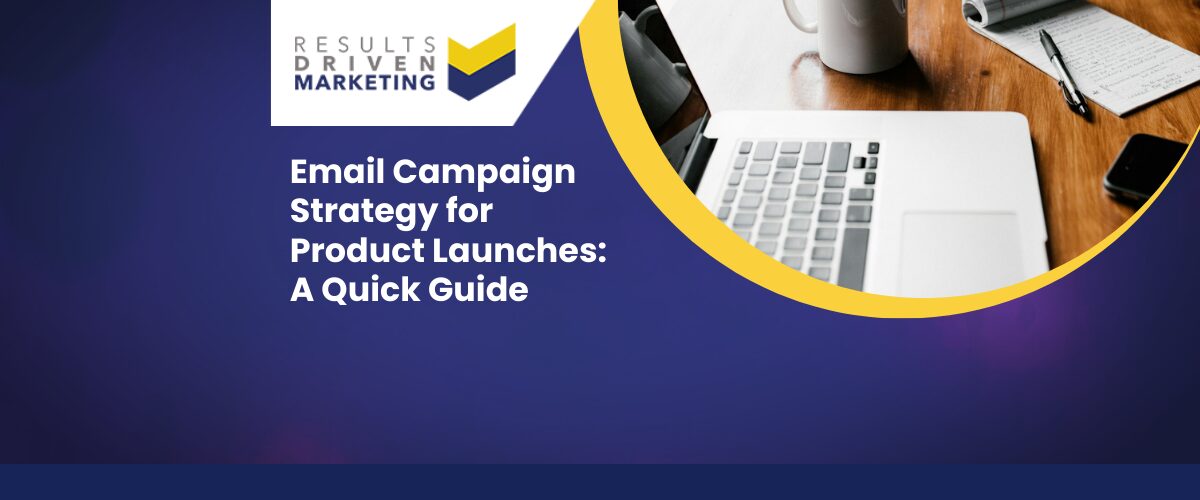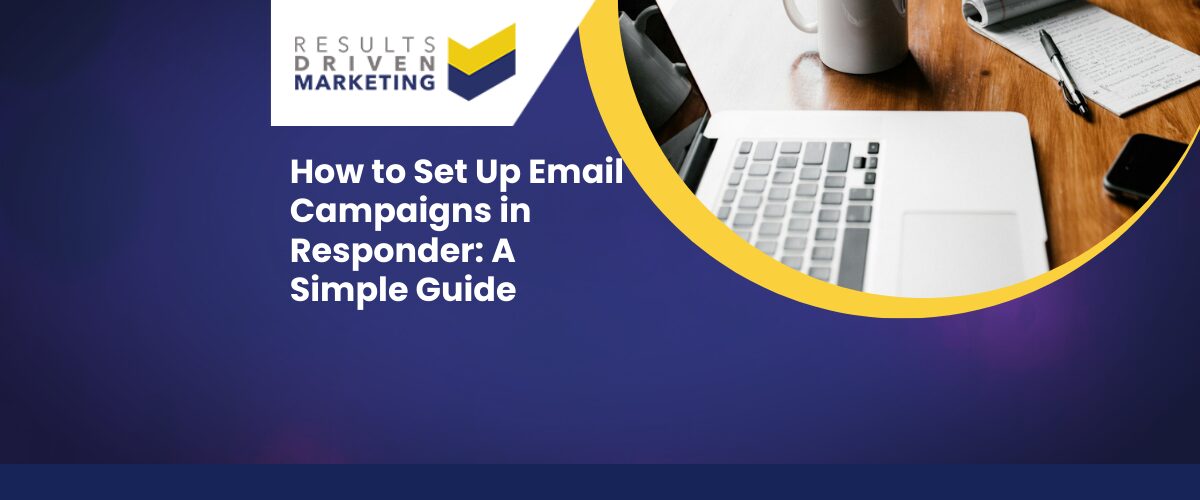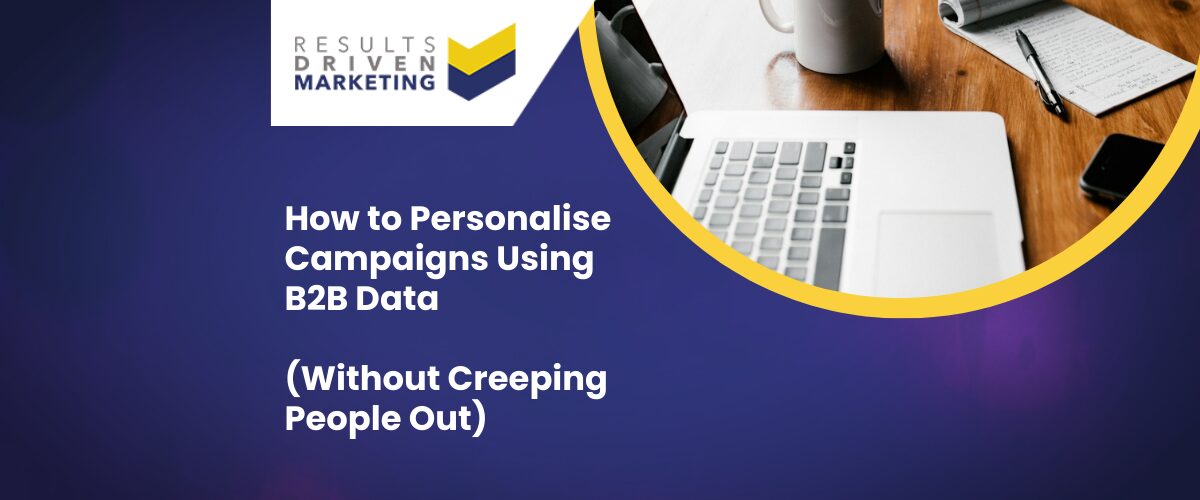
How to Personalise Campaigns Using B2B Data
How to Personalise Campaigns Using B2B Data (Without Creeping People Out)
Let’s be honest — nobody enjoys receiving a generic marketing email. And on the flip side, nobody wants to feel like they’re being stalked either.
In B2B marketing, personalisation isn’t just a nice-to-have anymore — it’s expected.
The decision-makers you’re trying to reach (business owners, marketing directors, sales leaders) are exposed to dozens of messages every day. If your outreach isn’t relevant, helpful, or even slightly tailored, it’s likely to be ignored.
But here’s the tricky part: a lot of campaigns either feel like a template that’s been blasted to thousands… or worse, they overstep boundaries by being too specific. It’s a fine line — and one that many marketers get wrong.
The good news? With the right B2B data, you can craft messaging that’s tailored, engaging, and appropriate — all without making your audience uncomfortable.
Here we’ll walk you through how to personalise campaigns using data points like job titles, industry sectors, and location details — in ways that improve engagement and boost results while keeping everything ethical, respectful, and GDPR-compliant.
Let’s get started.
Why Personalisation Matters in B2B Marketing
When it comes to B2B marketing, relevance isn’t just important — it’s what separates a successful campaign from one that totally misses the mark. Decision-makers like managing directors, heads of sales, and marketing professionals are constantly bombarded with pitches, newsletters, cold emails, and social messages. And most of them? They’re either far too generic or feel like they’ve been copied and pasted a hundred times.
That’s exactly why personalisation matters. When you speak directly to the recipient’s role, industry, or geographical location, it shows that you’ve put in the effort to understand who they are and what they might care about. And that small touch — that tiny layer of relevance — can be the difference between getting ignored and getting a response.
Personalised emails see better open rates, stronger engagement, and improved conversion metrics. But here’s the key: it needs to feel natural, not forced. When personalisation goes too far — like calling out niche details that feel intrusive — it can actually backfire. It stops being thoughtful and starts feeling a bit uncomfortable.
In the next sections, we’ll break down how to personalise properly — using data like job titles, industries, and locations — without crossing any lines. This is where good, well-structured B2B data really comes into play.
Using B2B Data to Personalise the Right Way
So, how do you actually personalise your B2B campaigns without making people feel like they’re under a microscope? The answer lies in how you use the data — not how much of it you have.
At [Your Company Name], we work with clients every day who want to improve response rates, generate warmer leads, and build stronger connections with prospects. And when we look at what works, it almost always comes down to three key data points: job titles, industry info, and location. Let’s break those down.
1. 🎯 Job Titles: Speak to Their Role
Not every decision-maker cares about the same things. A business owner is usually focused on growth and profitability, while a marketing director is looking for ways to drive engagement and performance. Sending them the same message just doesn’t work.
Example:
-
For a Sales Director, you might say: “Discover how your team can cut prospecting time in half with cleaner, better-targeted data.”
-
For a Managing Director, try: “Drive sustainable business growth with data that reaches real decision-makers.”
Even a small tweak in your messaging can help the recipient feel like, “Hey, this is actually relevant to me.”
2. Industry Info: Talk Their Language
Every industry has its own set of priorities. If you’re contacting someone in the legal sector, they’ll likely care about compliance, confidentiality, and client retention. In construction, the focus might be on winning bids and reducing downtime.
When you tailor your message to reflect sector-specific challenges or goals, you come across as credible — not random.
Example:
“Trusted by over 200 UK-based financial services firms who rely on us for GDPR-compliant data that converts.”
That one sentence already says, “We understand your industry. We’ve helped others like you.”
3. Location: Add a Human Touch
This one’s underrated. Just by referencing a region, city, or even timezone, your email instantly feels more human — more local. It gives people a subtle reason to relate to you.
Example:
“We’ve helped businesses across Manchester and the North West generate more qualified leads without burning through their ad budgets.”
You’re not saying anything overly personal — you’re just showing awareness of their environment. And that builds trust.
Ethical Personalisation — Where to Draw the Line
Alright, so here’s the part that often gets overlooked — but it really shouldn’t. Because yes, personalisation works, and yes, you want to stand out. But there’s a clear difference between being helpfully specific and being, well… invasive.
In B2B marketing, especially when you’re targeting business owners, directors, or senior decision-makers, trust matters. That’s why ethical personalisation isn’t just about what you can do with data — it’s about what you should do.
Know When It’s “Too Much”
If your message includes hyper-specific details like, “We noticed your team recently hired a new sales rep in Birmingham…” — that’s going to raise eyebrows. Even if the information is publicly available, it can come across as too direct or overly familiar. Most people won’t appreciate that level of observation in a sales message.
Instead, keep it relevant, but broad. You can reference their industry, job title, or region without diving into the nitty-gritty of their recent activity.
Respect Data Privacy (and Stay GDPR-Compliant)
As a B2B data supplier, this is something we take very seriously — and you should too. You should only ever use data that’s been ethically sourced, clean, and fully compliant with privacy regulations like GDPR.
That means:
-
No harvesting personal data without consent
-
No buying from shady, unverified data brokers
-
No cold emails to individuals who have opted out or are on suppression lists
If you’re using a data list from us, rest assured it’s been screened, verified, and built with compliance in mind. We even offer services like CTPS checks and opt-out management to help protect your business reputation.
Keep It About Them, Not You
Ethical personalisation is about improving your audience’s experience — not showcasing how much you know about them. When your message focuses on their problems, their goals, and how you can help, it’s more likely to resonate.
So instead of saying,
“We noticed your company has 42 employees and operates from Leeds…”
Try something like,
“We work with growing businesses across West Yorkshire that need more efficient ways to reach local decision-makers.”
Subtle, respectful, and still highly relevant
Real-Life Example: A Campaign That Got It Right
Now that we’ve covered the “do’s and don’ts,” let’s take a look at what good personalisation actually looks like in practice — not just in theory.
One of our clients, a B2B tech solutions provider based in the Midlands, came to us because their cold email campaigns were barely generating any replies. Their open rates were average, click-throughs were low, and nothing really felt tailored. They were essentially using a one-size-fits-all approach: same messaging, same offer, regardless of who they were speaking to.
We helped them rebuild their campaign strategy around segmented B2B data — focusing on job titles, industry sectors, and regional targeting. Here’s what that looked like in action:
Original Message (Before):
“We help businesses improve productivity through our cloud-based tools. Let us know if you’d like to hear more.”
Updated Version (After Personalisation):
“Hi [First Name], we work with Operations Managers in UK-based manufacturing firms who are under pressure to reduce costs and improve system efficiency.
Our cloud-based tools integrate with your current workflows and typically cut admin hours by up to 30% in the first three months.
Would you be open to a quick chat next week?”
The Result?
-
Open rate: Up from 18% to 41%
-
Replies: Increased by 3.5x
-
Meetings booked: 12 in the first two weeks
And the best part? The message wasn’t pushy, overly complex, or filled with buzzwords. It simply spoke to the recipient’s real priorities, in a tone that felt helpful and professional.
That’s the power of clean, well-segmented B2B data combined with smart personalisation. When done right, it doesn’t just improve performance — it helps start better conversations with the right people.
Tools and Data Filters to Help You Get Started
Okay, so now that we’ve seen what good personalisation looks like — let’s talk about how to actually make it happen. The truth is, most marketers want to personalise their outreach, but they don’t always know how to organise their data to support it. That’s where the right filters (and a reliable data supplier) really start to make a difference.
At Results Driven Marketing, we make it easy to segment and tailor your campaigns using highly specific data fields — so you’re not guessing. You’re targeting smarter from the start.
Here are a few key filters to focus on when building your lists:
🔹 Job Title Filters — Reach the Right People
You wouldn’t send the same message to a Managing Director as you would to a Head of HR — and you don’t have to. Our database allows you to segment by seniority level, department, and exact job title.
You can filter by:
-
Business Owners
-
Sales Directors
-
Marketing Managers
-
Operations Heads
-
C-Level Executives
…and more.
This kind of targeting helps you make your message feel relevant before they’ve even opened it.
🔹 Industry & Sector Filters — Tailor to Their World
No matter how strong your offer is, it won’t land if the messaging isn’t in tune with their industry. With our data, you can drill down by sector — whether you’re targeting finance, construction, logistics, tech, healthcare, or any other niche.
Use industry filters to:
-
Adapt your language to fit the audience
-
Offer sector-specific solutions
-
Showcase relevant case studies or results
When your message reflects their environment, you build instant credibility.
🔹 Location & Region Filters — Add Local Relevance
Personalisation doesn’t always mean using first names or company names. Sometimes, simply acknowledging a prospect’s region or local challenges can be just as effective.
Our data lets you filter by:
-
City or town
-
County or region
-
Nationwide or local clusters
This works particularly well for companies running local campaigns, regional events, or location-specific offers.
When these filters are combined, you’re no longer just “sending a campaign” — you’re delivering a message that feels designed for that exact audience.
Need help building a segmented list for your next campaign? Or want us to review what you’re currently working with? We’re here for that. Just contact us or request a free sample list and we’ll walk you through your options.
Final Thoughts: Personalisation That Feels Human
At the end of the day, the goal of personalisation in B2B marketing isn’t to impress people with how much data you have — it’s to make your outreach feel more human, more relevant, and more worth engaging with.
By focusing on just a few simple but powerful data points — job title, industry, and location — you can craft campaigns that speak to your audience’s actual needs, without overstepping. When done right, personalisation doesn’t feel like a trick. It feels like you’re talking to someone in a way that actually makes sense for them.
And that’s what builds better open rates, better replies, and better business relationships.
At [Your Company Name], we’re not just here to sell data — we’re here to help you get the best possible results from using it. Whether you’re refining an upcoming campaign, building a new list, or just need a second opinion on your targeting strategy, we’re always happy to help.
👉 Ready to build smarter, more personalised campaigns?
Get in touch with us | Request a free data sample | Book a free strategy call
Let’s make your next campaign the one that actually gets noticed.


